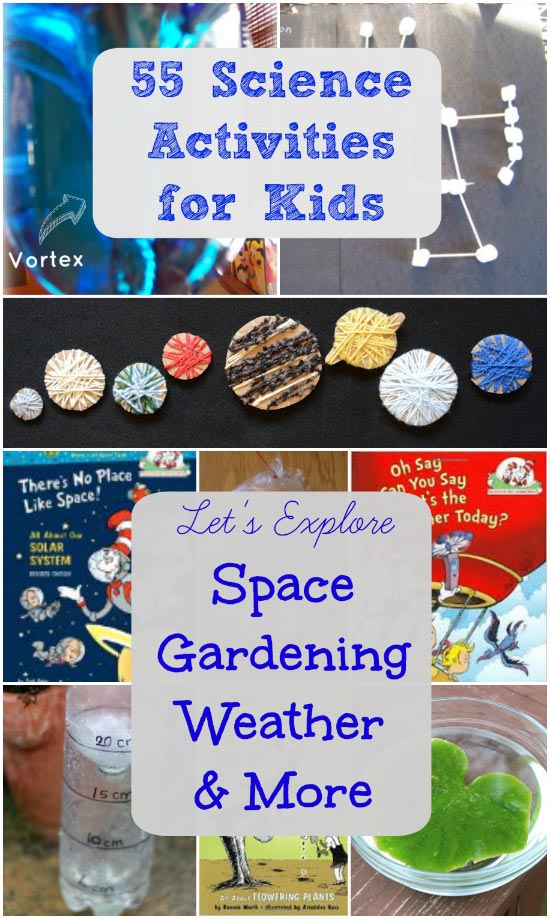The topic for this week’s Dr. Seuss science activities for kids is animal habitat project ideas and activities!
Diving in to learning about where animals live — like our recent layers of the ocean zones habitat project for kids — is a wonderful way to inspire an interest in animals and their environment.
40 Animal Habitat Project Ideas & Activities
While kids love to observe animals, they usually don’t give much thought about how and where an animal lives until you begin to discuss the idea of ‘habitats’.
Can a camel live in a forest?
Are there sharks in our local pond?
And why is it that polar bears and penguins will never meet since they both live in icy places?
So many great questions 🙂
Today we’re sharing some AWESOME habitat projects, field trip ideas, FREE resources and affiliate links to some of our favorite learning items too. We’ll cover 7 different animal habitat locations using Cat in the Hat themed books from the Dr. Seuss non-fiction Learning Library series including more than 40 activities —
- live webcams,
- science experiments,
- field trip ideas,
- hands-on explorations and crafts!
This is a perfect topic to bring to life using cool science experiments, creative diorama crafts and some fun outings with the kids! Plus we’ve paired out favorite Cat in the Hat non-fiction books with awesome STEM activities for more fun ways to learn!
What are Animal Habitats?
Be sure to explain the following to your kids —
Definition: a habitat is home or place where an animal lives, eats and finds all the things they need to survive.
There are a number of different habitats right around your own home. For example, some animals call the woodland areas home and others live and thrive in a lake or pond habitat.
Each of the books will share more details about both the environment, plants and animals in the habitat. We’ve included some wonderful activities that can be paired with each of the books along with affiliate links for the books and other items we love that are related to the habitat projects.
Types of Animal Habitats
I know the first question kids will ask is “what types” or “how many habitats are there”?
There are a number of ways to classify habitats so this isn’t always an easy one to answer.
For example, many will say that the Earth’s largest habitat is the ocean — however, some scientists will tell you that there are different habitats in the ocean (tide pools, coral reefs, etc).
For kids, I would start with these different habitat areas:
1. Forests (coniferous & deciduous) — read our post on to learn about the two
2. Rainforests
3. Freshwater (like ponds, lakes and rivers)
4. Oceans
5. Deserts
6. Tundra (arctic and antarctic areas)
7. Grasslands (savanna, wild prairie lands)
DK has a really nice visual for the various types of land habitats – you can see they include ‘mountains’ as a habitat too. After quite a bit of research, I’m not sure there’s any official list 🙂
Oh, and before I forgot to let you know, PBS television and the PBS website show some of the full videos and short clips that go with each of these books — be sure to check out The Cat in the Hat Knows a Lot about That if you’re interested.
Ducks, frogs and fish — some of our favorite animals live at the pond. Would You Rather Be a Pollywog: All About Pond Life shares about what life’s like both under and above the water with a look at how some animals grow/mature. This is a great read in the Spring {right before a visit to a local pond}!
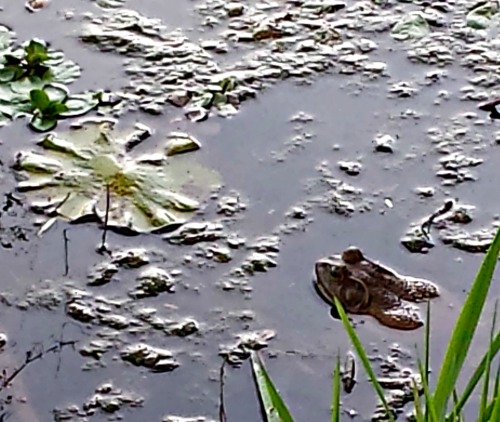
Pond Animals & Activities
{Field Trip Idea} Visit a local pond!
Use this free Day at the Pond printable for a list of fun things to do on your visit to a pond or lake. If there’s not one close to your home, try calling a local nature center or animal preserve to see if they have a pond habitat.
I love this DIY Underwater Magnifyer from One Time Through! The perfect thing to take on a pond visit.
If you find tadpoles, Lovable Learning has details on how to raise tadpoles along with some great printables about a frog’s lifecycle.
If your goal is to get a close-up look at what’s in the pond, try this Geosafari Plankton Net.
Make your own Frog Pond Small World Play area — One Perfect Day
Print this free Lifecycle of a Frog lapbook — Worksheet Place
Create paper frogs, ducks & turtles — Ramblings of a Crazy Woman
Younger kids (ages 3 – 6) will enjoy this set of free pond printables too — from 1+1+1=1 blog
Brrr! This look at both poles is usually pretty eye-opening for kids! Ice Is Nice!: All About the North and South Poles shows us which animals live at opposite ends of the Earth (penguins and polar bears will never meet 😉
Kids will learn how animals stay warm, which pole is colder and a little about how climate change is affect the ice. This is always a great topic as so many kids will never have the opportunity to experience these icy habitats.
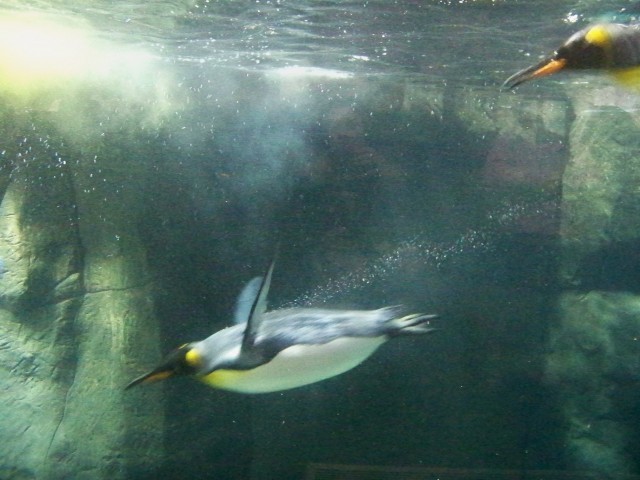
Animal Life in Polar Regions
{Field Trip Idea} Unless you live near the poles, this is a hard habitat to visit. My suggestion would be to take a trip to the zoo and learn more about some of the animals that live at the poles.
The British Antarctic Survey also has a number of great Antarctic webcams that you can take a peek at to see the land and animals at the South Pole.
Get a peek at penguins in these cool penguin webcams & books!
Kids will enjoy this hands-on ‘how do arctic animals stay warm’ science activity — Discover & Learn
Read & create with these Arctic Animals Book & Craft ideas!
Or make your own Arctic Small World using these Arctic TOOB figures — The Imagination Tree
You can also compare habitats with the fun Woodland vs. Arctic Habitat activity.
Plus here’s a list of more great books about polar animals!
Get a peek into the lives of hermit crabs, jellyfish, starfish and seagulls during a trip to the beach. Clam-I-Am!: All About the Beach gives the reader a look at the habitat where land and water meet. I really love this habitat as there are a variety of environments all in one place – sand, tidal pools, dunes and the shallows of the water.
Beach Habitat Crafts & Activities
{Field Trip Ideas} Visit a local beach or shoreline to explore!
Try a few of these Fun Ways to Explore Science at the Beach on your next visit.
Learn about waves and beach erosion with this hands-on activity from Scientific American.
Explore these 25 Seashell Activities that encourage nature, art & science learning!
Make your own Ocean Discovery Bottle — The Imagination Tree
Enjoy a few of these Creative Beach craft & activities either while you play in the sand or after a beach day.
And here’s a wonderful Youtube video showing Life in a Tide Pool if you want to take a peek!
When someone says desert, the first thing that usually comes to mind is a cactus. But there is so much more in the desert habitat. Why Oh Why Are Deserts Dry?: All About Deserts introduces kids to these dry habitats all around the world. Learn how such a large number of animals adapt to live in this habitat along with the variety of plants – not just the cactus – that call this place home.
Desert Habitat Project Ideas
{Field Trip Idea} This is another challenging habitat to explore since deserts are not close to many of us. If you are close to a desert, than a visit would be fantastic – here’s a map of the world’s deserts! If not, you might check to see if your local zoo has a desert exhibit.
You can also call your local arboretum to see if they have any cactus in their exhibits.
Make your own desert at home with this Kinetic Sand and these Desert figurines
.
Put together this free printable desert animals lapbook — Homeschool Share
To see the desert, visit the Sedona Red Rock webcam!
Learn more about desert adaptations with this fun online game.
Compare rainfall & see how dunes are made in this hands-on activity— Creative Tots
Craft your own Cactus Scene — Simply Crafty
And if you’re really adventurous, visit a local garden store and buy your own cactus for home!
I know this really isn’t a ‘habitat’ persay but kids will be interested to know that there’s a whole different world that exists in the dark! Out of Sight Till Tonight!: All About Nocturnal Animals shares about all the animals that wake up once we go to sleep. I really like the number of adaptations that are shared about the animals who need to be able to see, hear and live in the dark.
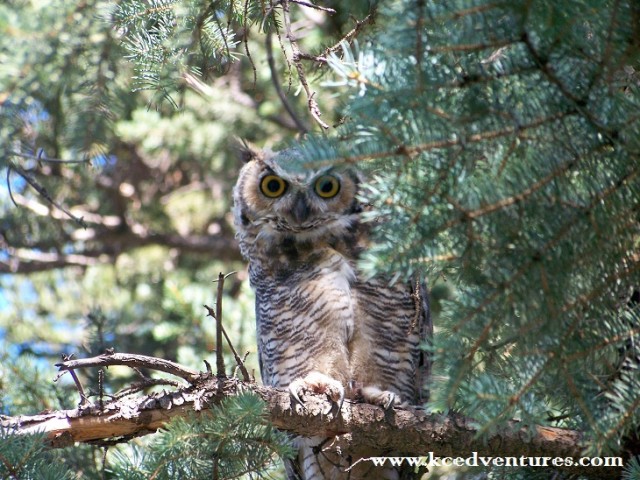
Nocturnal Animals: Activities for Kids
While we know ‘nocturnal’ isn’t really a habitat per say, it’s still a specific environment & setting that many animals require for survival — and nighttime is very accessible to everyone so we thought is was important to include on our list!
{Field Trip Idea} Just let the kids stay up late on night and explore your neighborhood! We frequently take night walks and will see fireflies, racoons, fox and other nocturnal animals along with hearing owl cries too. Your local nature center may also house some of these animals.
Go on a Nocturnal Scavenger Hunt with this free printable list!
Visit The Owl Channel to view webcams of different owls.
Print this free Nocturnal Animals lapbook to color! — Homeschool Share
I also love these Day & Night animal sorting cards from Spell Out Loud.
For better night vision, try these Night Goggles with magnifyer — my son had a pair of Spy Night Goggles like these and they worked really well on our night hikes!
Visit Fun-a-Day for 24 great Owl Crafts & Activities!
You can also learn about ecolocation, bats, the moon & take a night hike too!
Rainforests use to be a foreign place but with so many zoos adding rainforest exhibits, kids are now more aware of this unique habitat. If I Ran the Rain Forest: All About Tropical Rain Forests gives us al the details of the various levels of the rainforest along with fun facts about the animals, plants and people who call this place home.
Rainforest Habitat Crafts & Activities
{Field Trip Idea} Another challenging environment to visit (which is why I love that these books introduce these hard-to-explore habitats!) Many zoos will have rainforest exhibits or house animals that live in the rainforest. You might also see if your local pet store cares for exotic animals.
See what’s up in a real rainforest when you view these rainforest webcams from the World Land Trust
Learn more about this habitat with these 20 Amazing Rainforest Resources — Kid World Citizen
Create a Rainforest Diorama — Confessions of a Homeschooler
Take a Trip to the Rainforest with these virtual slideshows from The Rainforest Alliance
This Melissa & Doug Rainforest Floor Puzzle is also an awesome way to explore all the animals that live here!
Make Your Own Rainforest in a Jar — Hike, Blog, Love
Enjoy these free printable Snake finger puppets — Mr. Printables
Or design your own Toucan Bird with this fun craft from I Heart Crafty Things
This is one of our favorite books in the series! Wish for a Fish: All About Sea Creatures takes the reader underwater and into every zone in the oceans. You’ll meet fish, whales, sharks and many more marine animals. Readers will learn about the various ocean zones and all the animals of the sea.
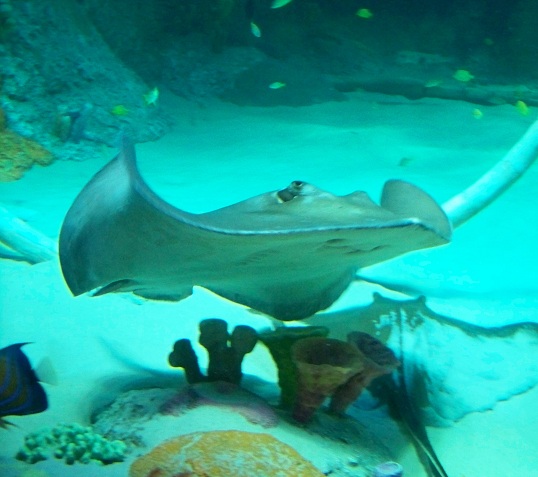
Ocean Habitat Project Ideas & Activities
{Field Trip Idea} Visit your local aquarium and you’ll be introduced to tons of marine life! Or spend a day at the ocean or near the sea — even visit a larger saltwater lake would be a great trip.
Create your own under-the-sea world with this Ocean Zones in a Bottle craft.
Play Ocean Bingo to learn more about the animals in various zones — Ellen McHenry’s Basement Workshop
Use this free printable Zones of the Ocean worksheet from Relentlessly Fun, Deceoptively Educational as you read the book!
Explore ocean waves and salt water with these great activities from the Gift of Curiosity
Try a few of these 30 ocean-themed crafts — A Night Owl Blog
And make your own model of the sea with this GORGEOUS Layers of the Ocean Zones project for kids!
More Cat in the Hat Science Activities:
If you missed the first part of our series, be sure to visit:
Part 1: 55 Science Activities with the Cat in the Hat.
Part 3: Life Skills for Kids: Money, Maps & Healthy Behaviors
More Animal Activities Kids will LOVE:
Zoo Scavenger Hunt & Wild Animal Activities
Learn about Animal Groups {free printable}









